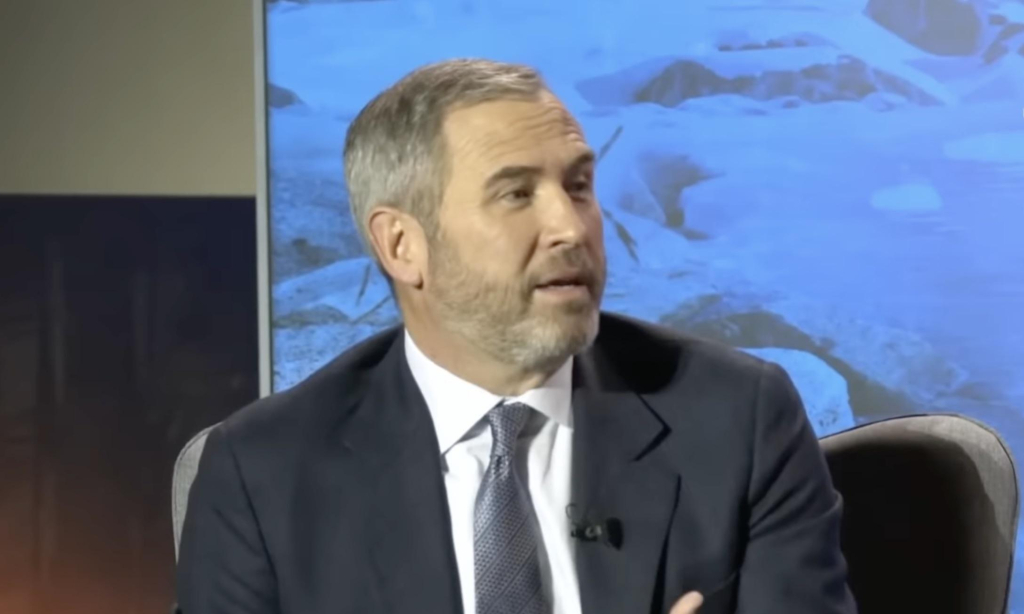The Rise of Bitcoin: How the Federal Reserve’s Interest Rate Cut Impacted the Market
What Happened
In a significant market move, Bitcoin surged past the $61,000 mark after the U.S. Federal Reserve announced a 50 basis point (bps) cut in interest rates, bringing the federal funds rate down to a range of 4.75% to 5%. This sharp rise marked a critical point for Bitcoin, which crossed the $61,000 threshold before settling back at $60,400, a modest 0.9% decline from its high.
Impact on Individuals
The Federal Reserve’s interest rate cut and the subsequent surge in Bitcoin could have various effects on individuals. For those who are already invested in Bitcoin, the increase in value could lead to significant gains. However, it is essential to note that the cryptocurrency market is highly volatile, and fluctuations in value can happen quickly. Individuals looking to invest in Bitcoin may see this surge as an opportunity to jump into the market and potentially profit from the rising prices. On the other hand, those who are not involved in cryptocurrency may feel more hesitant to enter the market due to the increased volatility.
Impact on the World
The rise of Bitcoin following the Federal Reserve’s interest rate cut could have broader implications for the global economy. As Bitcoin continues to gain traction as a viable investment option, traditional financial institutions may need to reevaluate their approaches to asset management and consider incorporating cryptocurrencies into their portfolios. Additionally, the increased interest in Bitcoin could lead to further mainstream adoption of cryptocurrencies, potentially changing the way we think about and interact with traditional financial systems.
Conclusion
Overall, the surge of Bitcoin past the $61,000 mark in response to the Federal Reserve’s interest rate cut highlights the increasing significance and influence of cryptocurrencies in the financial market. While the short-term effects may be felt by individual investors and traditional financial institutions, the long-term implications could reshape the way we view and engage with financial assets on a global scale.





